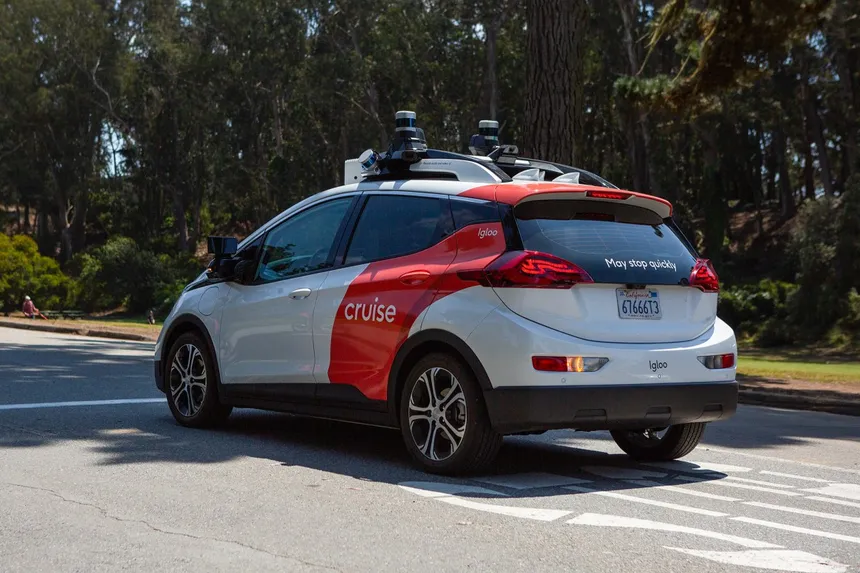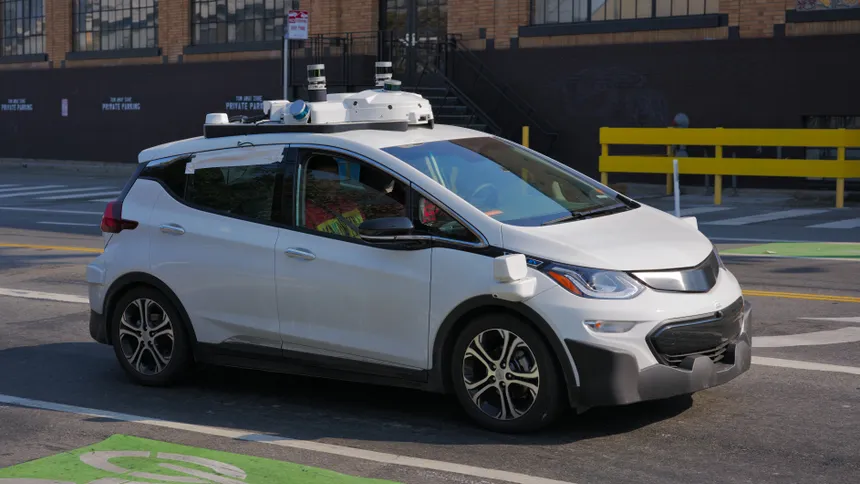The fate of Cruise, General Motors’ autonomous car startup, hangs precariously in the balance as its parent company considers reducing its funding. This development comes on the heels of a series of troubling incidents involving Cruise’s autonomous vehicles, including a recent incident in San Francisco where a self-driving vehicle came to a halt on top of a woman who had just been knocked over by a human-driven vehicle. The incidents have raised pressing concerns about the stability and safety of Cruise’s technology, and have left many wondering if the company will be able to recover from its recent setbacks.
Cruise has received a substantial investment of around $8 billion from GM since its acquisition in 2016, with the current quarterly investment believed to be around $700 million. This funding has enabled Cruise to operate its driverless vehicles in several states, including California, Texas, Arizona, and Florida, as well as offer taxi rides in select cities. However, the recent reduction in funding is expected to be announced by GM on Wednesday, and has left many speculating about the future of Cruise.
The challenges faced by Cruise are a symptom of the broader struggles within the autonomous car sector. Two other major players in the field, Ford and Volkswagen, recently shut down their autonomous car subsidiary, Argo AI, citing financial difficulties. Meanwhile, Alphabet-owned Waymo remains a leader in the field, with its self-driving vehicles having completed over 700,000 fully driverless trips in the United States this year.
Cruise’s reported struggles come as a significant blow to the company, which had been working towards a widespread rollout of its autonomous taxi service. The company had started offering rides in select cities, using its self-driving vehicles to ferry passengers around. However, with funding reduced, it’s unclear when or if this service will be able to scale up.

Cruise’s Future Uncertain as GM Considers Funding Cuts Amid Safety Concerns
In a statement, GM expressed its commitment to autonomous vehicle technology, but the reduced funding has left many wondering what the future holds for Cruise. Will the company be able to recover from its recent setbacks, or will it be forced to scale back its ambitions? Only time will tell.
As Cruise navigates the fallout from its troubled past, it’s clear that the company needs to rebuild trust and restore faith in its technology. This will not be an easy task, but it’s crucial to the company’s survival. The autonomous car sector continues to evolve, and only the strongest and most resilient players will emerge victorious.
Cruise’s ability to recover from its recent setbacks and rebound as a dominant player in the field will be contingent upon its capacity to rebuild trust and restore faith in its technology. The company will need to address the concerns that have been raised about the safety and stability of its autonomous vehicles, and demonstrate a commitment to transparency and accountability.
The fate of Cruise’s autonomous taxi service hangs in the balance, and its future is uncertain at best. The company’s ability to recover from its recent setbacks will depend upon its ability to adapt to the changing terrain of the autonomous car industry, and to build trust and credibility with its investors, customers, and the wider public.









































